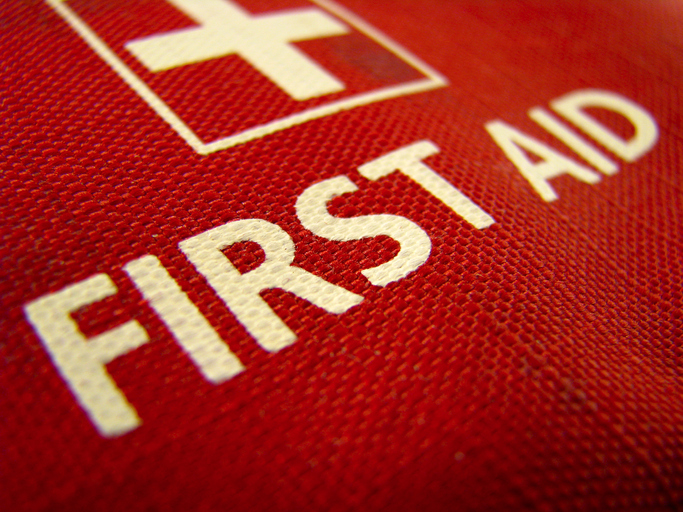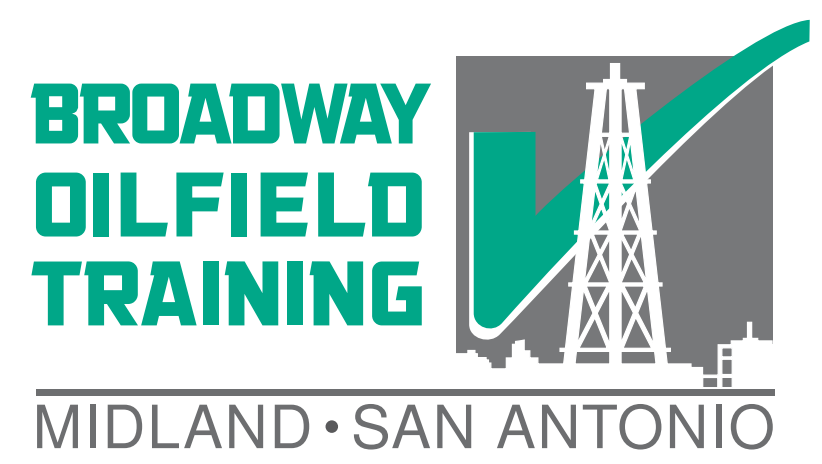Midland Bloodborne Pathogens Training
Cost: $19.99
Duration: 1 Hours
This one hour Bloodborne Pathogens training course is ideal to understand the requirements under the OSHA 1910.1030 Confined Space Entrant/Attendant
Schedule Bloodborne Pathogens training in Midland from the course calendar below or by calling (432) 203-8332 or email the office
Take the class online by going to https://www.oilfield.training/p/bloodborne-pathogens

Click on a service below for the online calendar and registration form.
Contagious microorganisms can be found in human blood. They may cause sickness in people referred to as blood-borne pathogens. These viral infections include human immunodeficiency virus (HIV), hepatitis B virus (HBV), and hepatitis C virus (HCV). Workers who sustain injuries from needles or other sharp objects run the risk of being exposed to blood-borne infections. Workers in a wide variety of professions, like emergency rescuers, cleaning staff in some sectors, nurses and other medical professionals, etc, are all potentially at risk for encountering blood-borne viruses.
Prevention from blood-borne pathogens and control:
An employer is required to establish an exposure management plan for the workplace that includes specifics on employee protective measures to minimize the risks associated with regular contact with blood-borne pathogens. Additionally, the plan is required to include a description of how a company will implement technical and work practice restrictions, necessary safety clothing and accessories, training of employees, medical monitoring, hepatitis B vaccinations, and other requirements that are mandated by OSHA’s Bloodborne Pathogens Standard. It is seen that most engineering and technical controls are considered primary sources for reducing the worker’s exposure to blood-borne pathogens. Following are the best practices that can be implemented for the prevention of injuries leading to bloodborne pathogens:
- Before implementing any procedure, ensure that there is proper handling, disposal, and safety.
- Use effective and safe needless types of equipment if available at the site.
- The safety specifications and features for the device should be activated.
- Contaminated needles or any other sharp equipment must not be used again for any process.
- Used needles must be immediately disposed of at proper secure places.
- The workers must be given training for blood-borne pathogens.
“2000 Needlestick Safety and Prevention Act” is a rule that specifies precautions to protect employees from health dangers associated with blood-borne diseases. It was created to protect workers in the United States. It includes rules for hepatitis B vaccines, potential danger awareness and collaboration, documentation, technical and work practice controls, and environmental management strategies. The standard puts restrictions on employers of employees to infectious materials such as blood, specific tissues, and bodily fluids. These employers include healthcare facilities, laboratories, and other places that handle infectious materials. It is important for all the employees who have exposure to human tissues, blood, pathogenic agents, and cell lines found in the body to take training in blood-borne pathogens programs.
Therefore, it is important to know the ways following which exposure to blood-borne pathogen occurs. How transmission occurs in any situation must be adhered to by the concerned workers and authorities. From a student to someone who is collecting blood samples in the laboratory or doing something similar at any place must be given on spot first aid in case of an accident. This would prevent and control exposure to blood-borne pathogens that are critical for human health.
